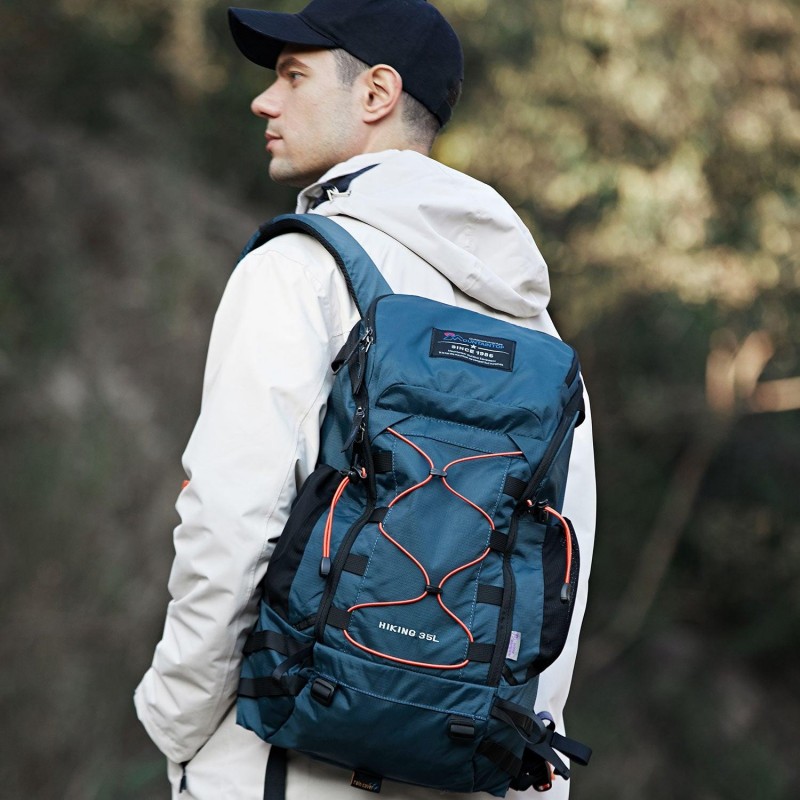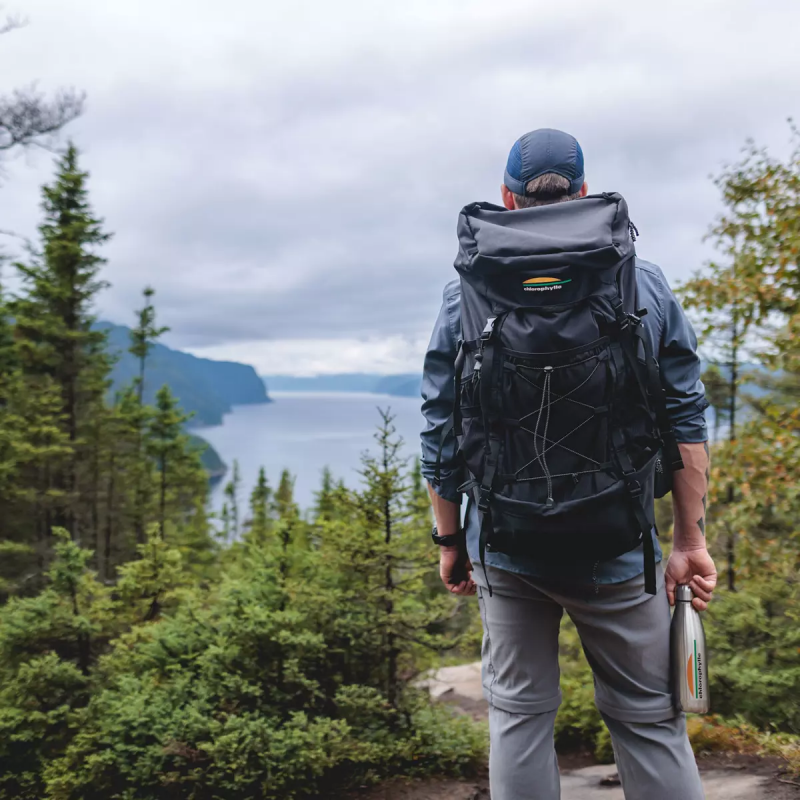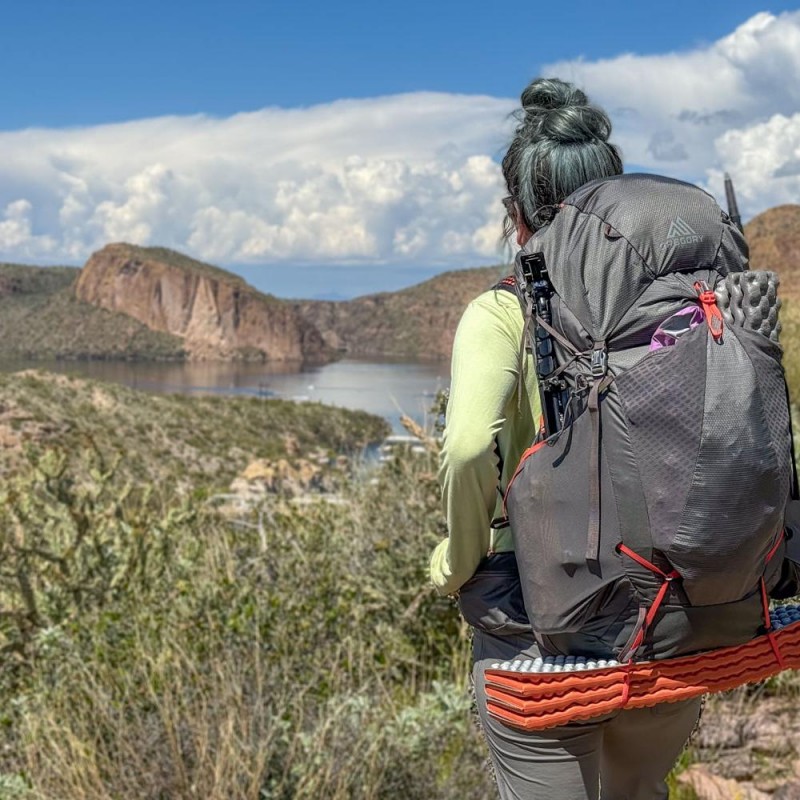When planning an outdoor adventure, one of the most critical pieces of equipment you’ll need is a professional hiking backpack specifically designed for such activities. A good hiking backpack serves as your home away from home, storing all the essentials you need for your journey while providing comfort and support throughout the trek. Whether you’re navigating through rugged mountain trails, embarking on a multi-day trek in the wilderness, or simply enjoying a day hike, the right backpack can make a world of difference. With so many options available today, understanding what features to look for, the various types of hiking backpacks, and how to choose the right size can seem overwhelming. In this comprehensive guide, we will explore everything you need to know about selecting a professional hiking backpack for outdoor adventures, including material types, fit, storage capacity, and maintenance tips to ensure a hassle-free expedition into nature.

Understanding the Importance of a Professional Hiking Backpack
To grasp why a professional hiking backpack is essential for outdoor adventures, consider the various roles it plays in your hiking experience.
Comfort During Long Hikes
Hiking often involves long hours of walking and navigating uneven terrain where comfort is crucial. A well-designed professional hiking backpack ensures that the weight of your gear is evenly distributed across your back and shoulders. By providing padded straps, breathable materials, and effective load balance, these backpacks minimize the risk of fatigue and discomfort.
Efficient Organization of Gear
Professional hiking backpacks come equipped with various compartments and pockets specifically designed to keep your gear organized. This feature makes accessing necessary items much easier during your hikes. For instance, having a designated pocket for your water bottle allows you to stay hydrated without rummaging through your entire bag.
Weather Resistance
Outdoor adventures often expose you to varying weather conditions. Therefore, a durable and weather-resistant backpack can safeguard your gear from rain, mud, and debris. High-quality professional hiking backpacks are made from water-resistant materials and feature reinforced stitching for improved durability.
Enhanced Hydration Options
Hydration is a crucial aspect of outdoor activities. Many professional hiking backpacks come with built-in hydration reservoirs or pockets for water bottles. This design not only promotes easy access to water but also encourages regular hydration, crucial for maintaining energy levels.

Safety and Preparedness
Lastly, having a reliable hiking backpack allows you to prepare for emergencies. Pack essentials like a first aid kit, multi-tool, navigation equipment, and extra layers of clothing. A well-structured backpack can accommodate these items without overwhelming you with extra weight.
Choosing the Right Size and Fit
Selecting the appropriate size and fit plays a significant role in ensuring your comfort and efficiency on the trail. Consider the following factors when assessing size and fit:
Torso Length
The length of your torso is the primary measurement that determines your ideal backpack size. Measure from the base of your neck to the top of your hips, as this will guide you in choosing the right fit. Many brands provide sizing charts to help you select the correct size based on your measurements.
Backpack Volume
Hiking backpacks come in various sizes based on volume, typically measured in liters. Understanding your hiking duration can help you determine how much volume is necessary for your gear:
- Day Hikes (15-30 liters): Ideal for short excursions, these backpacks hold essentials like water, snacks, and a light jacket.
- Weekend Hikes (30-50 liters): Suited for overnight trips, these backpacks accommodate more clothing, food, and camping gear.
- Multi-Day Treks (50+ liters): Designed for extended adventures, these larger backpacks contain ample space for all essentials, including sleeping bags and cooking supplies.
Adjustable Features
Look for adjustable straps, hip belts, and load lifters when selecting a backpack. These features help customize the fit to your body’s unique shape and size. A properly fitted backpack should rest comfortably against your back without pulling away or digging into your shoulders.
Key Features of a Professional Hiking Backpack
A quality professional hiking backpack comes with various features that enhance comfort, usability, and functionality. Understanding these features can help you choose the right backpack for your needs.
Frame Types
Professional hiking backpacks often come with different frame types. Generally, you’ll encounter:
- Internal Frame: Most modern hiking backpacks utilize an internal frame system that provides stability while maintaining low weight. These backpacks shape according to your body and keep the weight closer to your center of gravity, making them great for various terrains.
- External Frame: While less common today, external frame packs offer a classic support structure for carrying heavy loads. They provide extra ventilation and ample space for adding gear to the exterior, making them a popular choice for backpacking enthusiasts.
Suspension Systems
Proper suspension systems distribute weight effectively and enhance comfort. Key components to look for include:
- Padded Straps: Look for adjustable shoulder straps that distribute weight evenly and reduce pressure on your shoulders.
- Hip Belts: Padded hip belts help transfer weight to your hips, relieving strain on your shoulders and back.
- Back Panel: A padded and breathable back panel ensures comfortable contact with your back while promoting airflow to prevent sweating.
Pockets and Compartments
Having multiple pockets and compartments provides organized storage, making it easier to access items on the go. Look for:
- Side Pockets: Convenient for carrying water bottles or gear, side pockets facilitate quick access while hiking.
- Hip Belt Pockets: These small pockets can hold snacks or your phone for easy access without removing your pack.
- Top Lid Pocket: A top lid or flap pocket is useful for storing essentials like maps, headlamps, or a rain cover.
Hydration Systems
Many professional hiking backpacks come equipped with hydration reservoirs and tube routing. This feature allows you to stay hydrated effortlessly, especially during strenuous hikes. Choose a pack with a compatible hydration compartment for added convenience.
Rain Covers
Weather conditions can change rapidly in outdoor environments. A rain cover is an essential feature to protect your backpack and gear from sudden downpours. Look for backpacks with built-in rain covers or purchase them as an additional accessory.
Popular Brands and Models of Professional Hiking Backpacks
The market is flooded with brands and models, so it’s worth exploring the top contenders for professional hiking backpacks. Here are some popular options that cater to various hiking preferences:
Osprey
Osprey is renowned for its innovative designs and quality craftsmanship. Their backpacks often feature advanced suspension systems and are available in a range of sizes. Popular models include the Osprey Atmos (for men) and Osprey Osprey Oriel (for women), both designed for comfort and durability on extended hikes.
The North Face
The North Face is a trusted brand known for its high-performance outdoor gear. Their hiking backpacks, such as the Borealis and Vault models, provide ample organization options and features specifically designed for hiking enthusiasts.
Gregory
Gregory backpacks prioritize comfort and fit, with various models like the Gregory Baltoro and Deva. Known for their interchangeable pieces and ample pocket organization, they are ideal for long-distance treks.
REI Co-op
REI Co-op’s products provide excellent value, focusing on functionality and affordability. The REI Co-op Flash and REI Co-op Flash Pack are known for their lightweight designs and pocket efficiencies, suitable for short and medium hiking adventures.
Columbia
Columbia is a well-established outdoor brand that produces reliable hiking gear. Their hiking backpacks, such as the Columbia Trail Shaker and Columbia Treetop, are practical choices for casual hikers and day trips.
Tips for Packing Your Professional Hiking Backpack
Knowing how to pack your professional hiking backpack is just as essential as choosing the right one. Proper packing enhances comfort and ensures efficient access to your gear.
Organizing Your Gear
Begin by organizing your gear into categories before packing. This may include clothing, food, cooking equipment, sleeping gear, and emergency supplies. Organizing allows for effective packing and quicker access during your hike.
Use Packing Cubes
Consider investing in packing cubes to compartmentalize your gear. These organizational tools help prevent chaos in your backpack while allowing easy access to clothing and equipment.
Distributing Weight
Place heavier items closer to your back and the center of the pack. By distributing weight properly, you maintain balance while hiking, reducing strain on your body. For example, food, water, and cooking equipment work best when placed near the bottom center.
Accessibility Essentials
Keep essential items that you’ll need during the hike, such as snacks, maps, and water bottles, in exterior pockets for easy access. This ensures you don’t have to rummage through your bag when you need something quickly.
Layer Smartly
When packing clothing, consider layering them rather than folding them bulky. Rolling garments saves space and reduces wrinkles. Additionally, keep a waterproof jacket or shell on top for easy access in case of sudden weather changes.
Maintenance and Care for Your Hiking Backpack
Maintaining your professional hiking backpack ensures its longevity and functionality for future adventures. Follow these easy care tips:
Regular Cleaning
Keep your backpack clean to avoid dirt buildup and odor over time. Most backpacks are machine washable, but check the manufacturer’s recommendations. For spot cleaning, use a damp cloth with mild soap to wipe down surfaces.
Avoid Overloading
Avoid overloading your backpack, as excessive weight can damage seams, zippers, and straps. Following the manufacturer’s weight limit prevents wear and maintains structural integrity.
Store Properly
When not in use, store your hiking backpack in a cool, dry place, ensuring adequate airflow. Avoid leaving it in direct sunlight or damp environments to prevent mold and UV damage.
Inspect Regularly
Throughout your usage, inspect your backpack frequently for signs of wear and tear, such as frayed straps, broken buckles, or water damage. Address any damages promptly to ensure optimal performance for your next adventure.
Popular Hiking Trails and Adventures
As you familiarize yourself with the features and maintenance of a professional hiking backpack, consider planning your next outdoor adventure. Here are a few stunning destinations worth exploring:
The Pacific Crest Trail
Stretching over 2,650 miles from Mexico to Canada, the Pacific Crest Trail offers diverse landscapes varying from deserts to mountain ranges. This long-distance trail is perfect for multi-day hiking adventures, showcasing the beauty of the American west.
Appalachian Trail
The Appalachian Trail runs over 2,190 miles through 14 states from Georgia to Maine. Home to beautiful scenery and rich history, this trail presents many options for day hikes and multi-day backpacking trips alike.
Zion National Park
Zion National Park in Utah features stunning canyons and high plateaus perfect for hiking. Trails like Angels Landing and The Narrows offer varying difficulty levels, making it suitable for all hikers.
Yosemite National Park
Yosemite National Park in California is famed for its breathtaking views, waterfalls, and diverse ecosystems. Trails such as the Mist Trail and Half Dome offer unforgettable hiking experiences.
Moab and Arches National Park
Moab, Utah, is a haven for outdoor enthusiasts, with endless opportunities for hiking, biking, and rock climbing. The stunning formations of Arches National Park provide iconic hiking trails like Delicate Arch.

Conclusion
In summary, choosing the right professional hiking backpack for outdoor adventures is an essential aspect of ensuring a successful and enjoyable experience in nature. From understanding its importance to evaluating features, selecting the proper size, and maintaining it well, each step contributes to your overall comfort and performance while hiking.
With the right backpack, you can make the most of your outdoor exploration, whether it’s a day trip, weekend getaway, or long-distance trail through challenging terrains. Embracing this aspect of outdoor gear empowers you to embark confidently on a variety of adventures. The combination of innovation and practicality in professional hiking backpacks elevates your hiking experience, allowing you to focus on the beauty of nature rather than logistics.
As you prepare for your next outdoor endeavor, consider all the aspects covered in this guide. Equip yourself with the knowledge and confidence needed to select and maintain a professional hiking backpack for outdoor adventures. Happy hiking!


